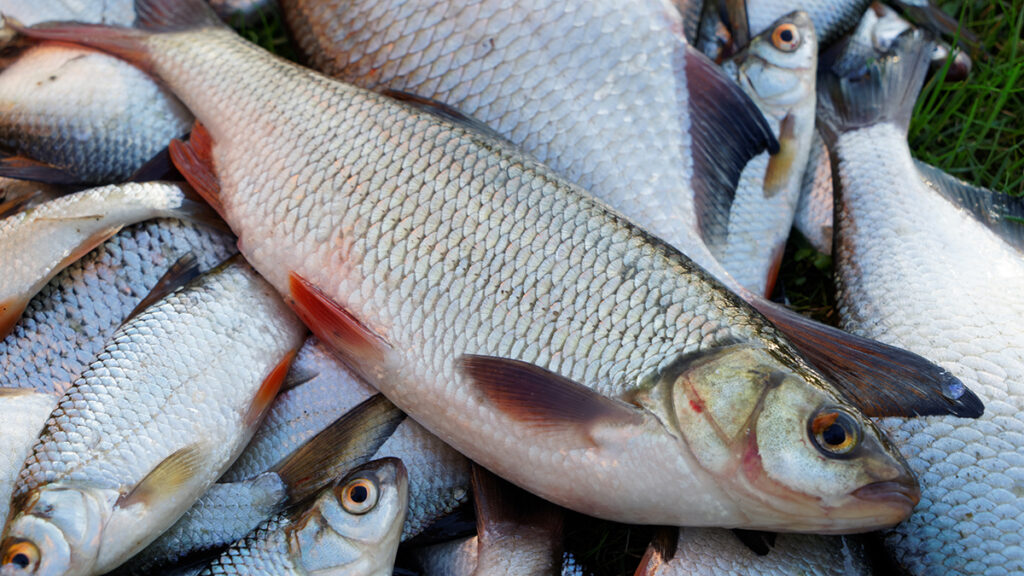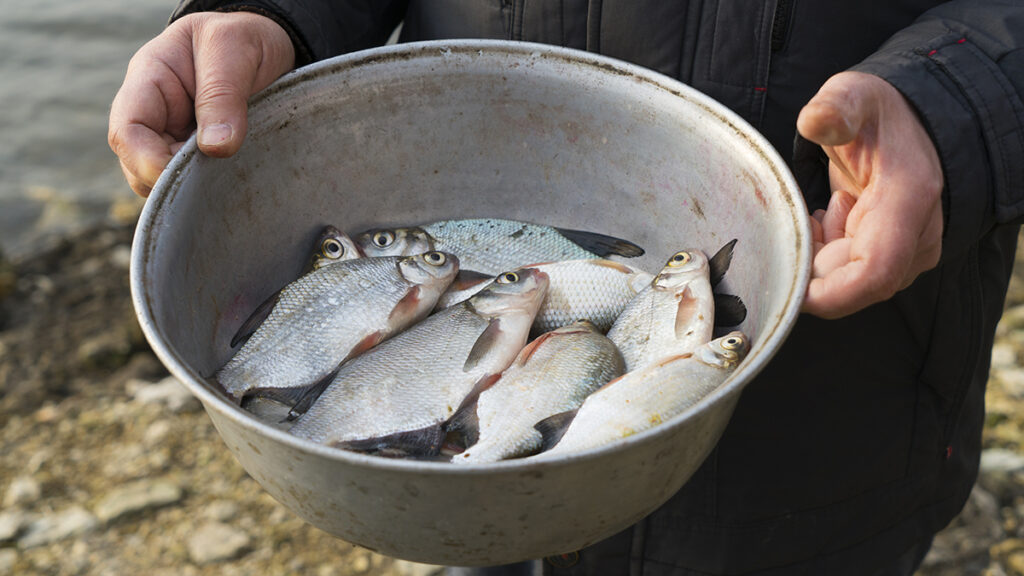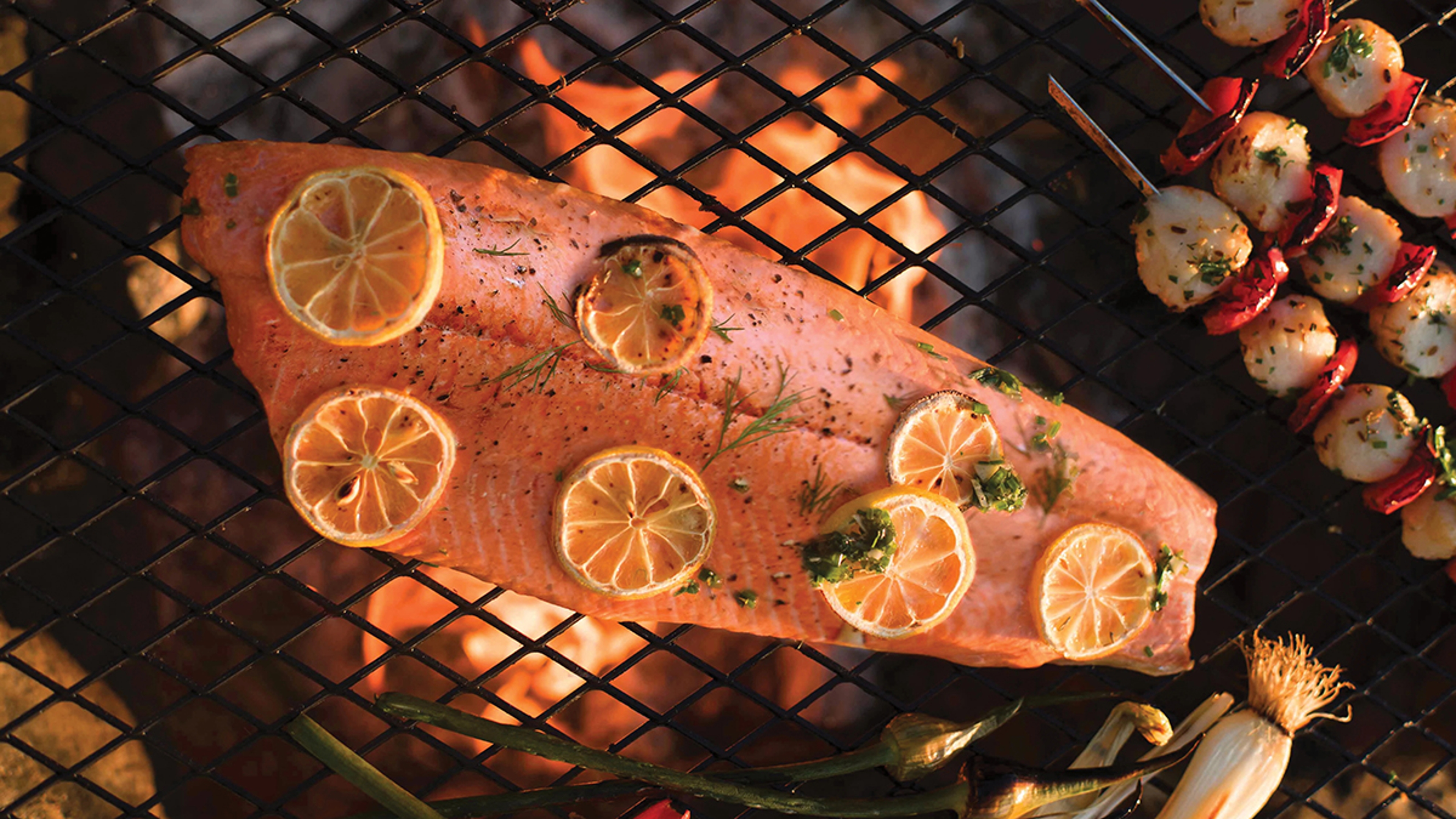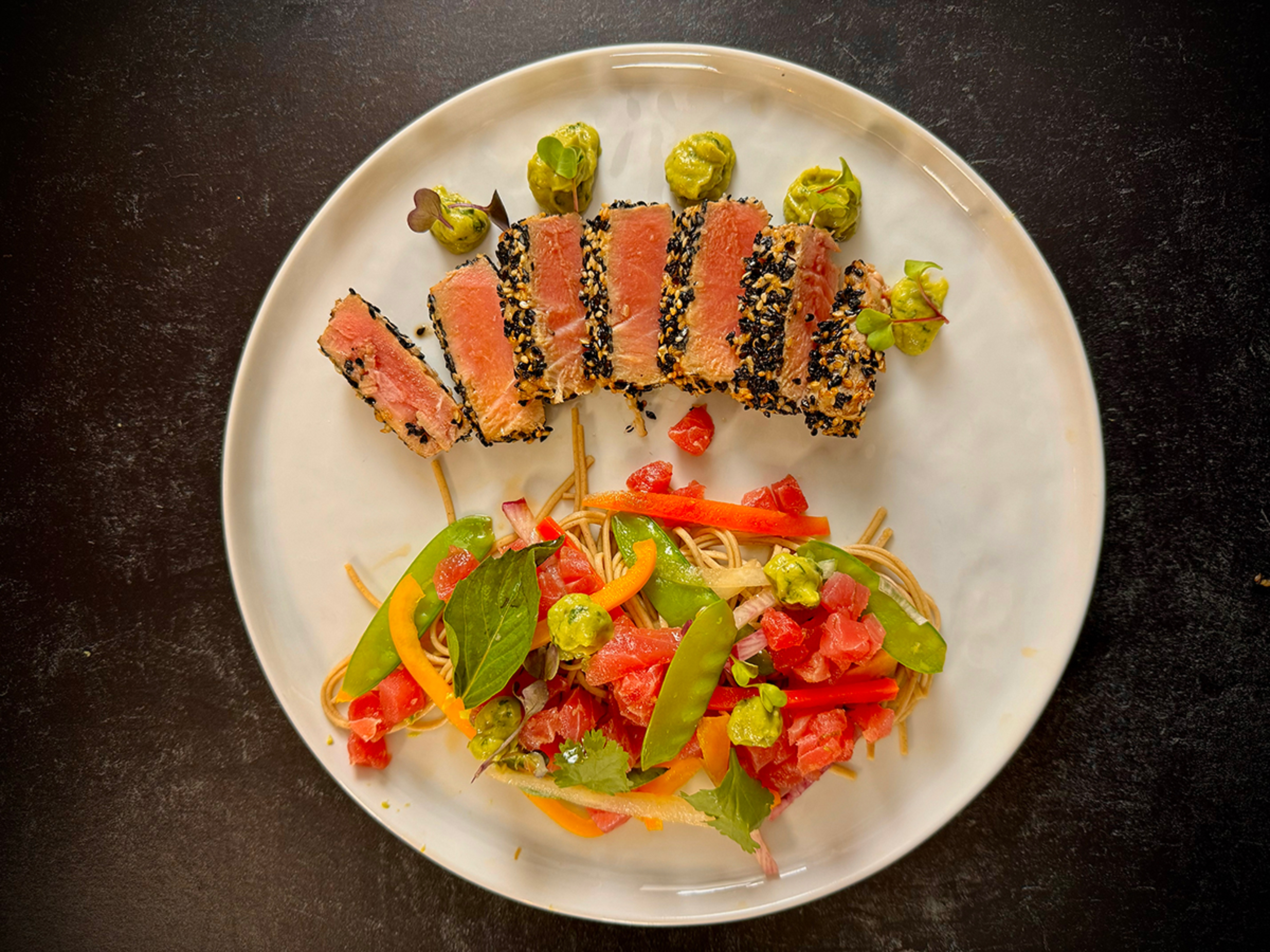Waste Management: How Vital Choice Turned Fish Into Fuel
The power of fish goes beyond the plate.
Feb 15, 2024
Around the world, much of the fish and seafood caught for our consumption goes to waste, and the problem is worsening. In the United States alone, over 2 billion pounds of fish — from the time it's caught to when it's on your plate — is discarded each year, but it's not all for naught. Historically, fish waste has been used as feed for other fish or livestock, or used to make fish oil, fertilizer, and pet food. But none of these uses have been especially profitable, and they haven't attracted substantial investment.
But that may change as technologies advance. Scientists have found several bioactive compounds in shells, fish muscle, oil, and bones that can be extracted, purified, and transformed. Some of it can produce biofuels such as biodiesel or biogas which can power engines or electric generators.
Vital Choice, which has been focused on environmental responsibility since its founding in 2001, jumped at an opportunity to test the creation of biofuel from fish waste in 2022, when it was confronted with an unexpected abundance of fish waste due to the pandemic. Working with two nearby companies, Vital Choice converted its expired fish into electricity.

The challenge
During the height of the COVID-19 pandemic, there was a surge of people shopping online that drove Vital Choice to increase production. As the pandemic wound down people returned to eating at restaurants and buying food offline, and Vital Choice ended up with a surplus of fish. Thousands of pounds of product had hit its expiration date creating a disposal problem.
"It was the first time we'd had this issue," says David Carmichael, director of operations at Vital Choice. "We did not want it to just end up in the garbage."
The solution was to create energy from the surplus. It also turned out to be far less expensive than paying to dump excess fish into a landfill.
The first step: turning a consumer product into raw material. Much of the extra fish was already wrapped in plastic film to protect it from frostbite. Carmichael learned of a food depackaging machine that could rapidly remove the plastic. "It shoots the plastic out one end and the organic material out the other side," he explains.
In December 2023, one-and-a-half semi-trucks picked up Vital Choice's excess fish and delivered it to be separated from the plastic film, which was recycled.
The next step: turning the fish into fuel. Vander Haak Dairy in nearby Lynden, Washington, uses what's called an anaerobic digester, which breaks down organic matter like manure and food waste without the use of oxygen and turns it into energy and other saleable products.
"It copies the process that occurs inside a cow stomach," Carmichael says.
After about 20 days, organic material turns into biogas, approximately 60% methane.

The methane powers a turbine that is used to generate electricity. The system produces enough energy to run itself, with 75% left over that goes into the local power grid, providing electricity. In fact, the digester provides enough sustainable electricity to power 400 homes annually. Any extra liquid becomes fertilizer for nearby berry fields. The solid waste becomes healthy bedding for the farm's cows.
The story of how Vital Choice converted its unexpected waste problem into electricity shows how businesses can work together to innovate, working toward the goal of environmental sustainability. Fish waste is a valuable resource — packed with valuable energy — that may be coming into its own.
How else Vital Choice avoids waste
As many customers do at home, Vital Choice recycles plastics and cardboard and composts at its facility. You may have noticed that your frozen products came in a box lined with a pretty blue speckled denim-like material — yes, it's partly recycled from clothing.
What about fish waste? For some products, fish scraped from bones can be useful. Home Port Seafoods, a major supplier in nearby Bellingham, salvages Vital Choice's fish waste to sell to a pet food company. These are ongoing programs.






